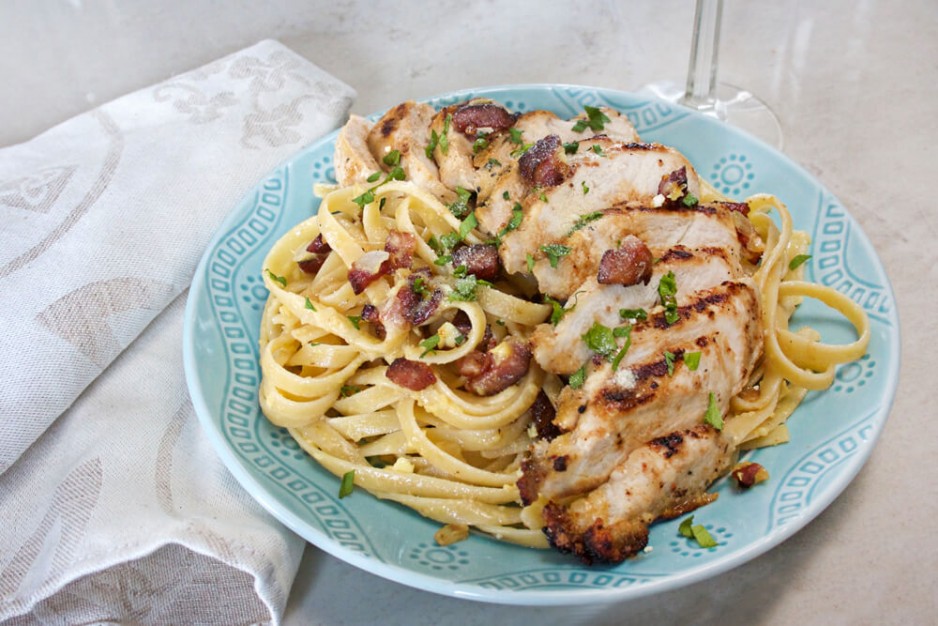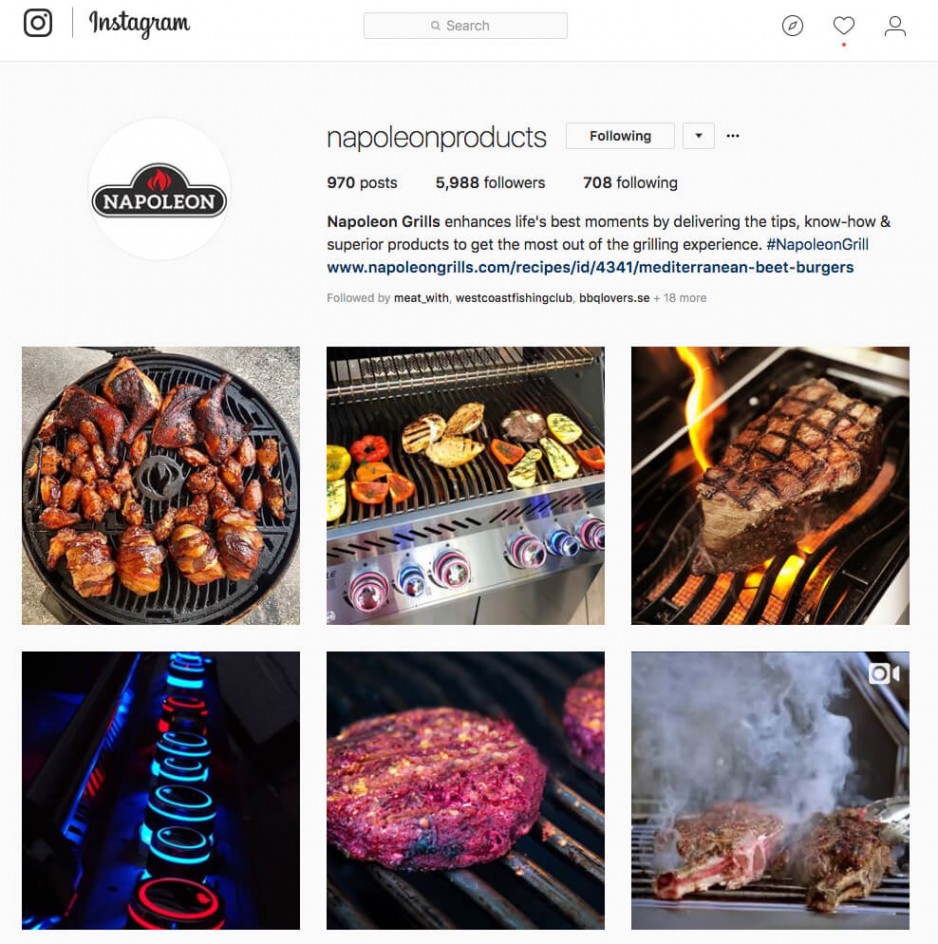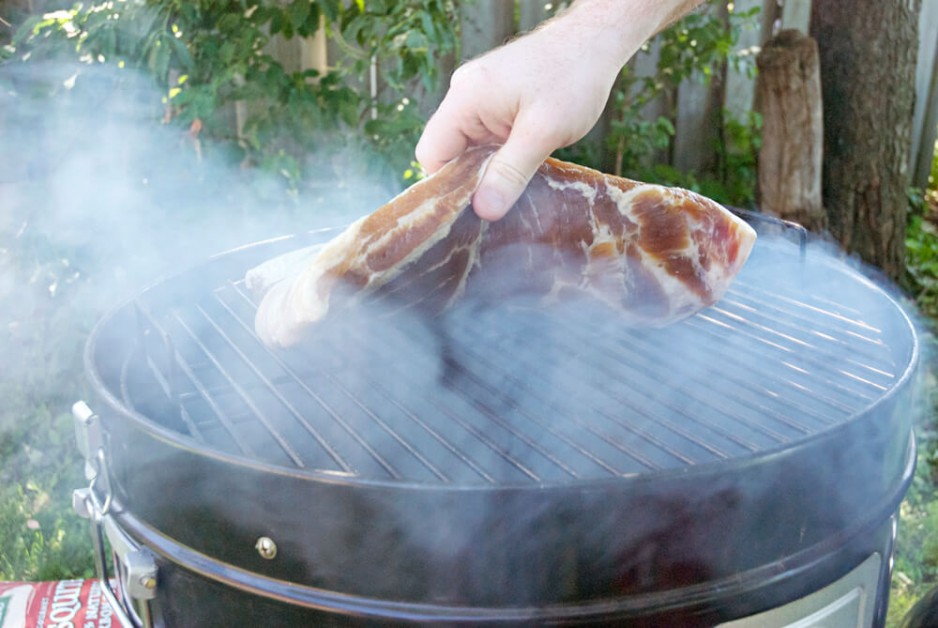
Your Five Senses And Barbecue
For some, food isn’t just fuel for the body. Food is a way of sharing joy and love with friends and family. Food has a way of bringing people together, mending wounds, and enhancing memorable experiences. In this week’s blog, the science of barbecue - your five senses and barbecue, we are exploring how the way that we interpret the world around us has much to do with how we enjoy food.
The Five Senses
There are five senses that a person uses to experience the world around them. They are:
-
Sight – the first thing we use to take in our environment. It provides us with spatial input, color, light, and potential threats.
-
Sound – objects cause vibrations in the air that in turn vibrate the eardrum, which the brain interprets as the noises we hear. These sounds can be something as relaxing as the waves on the beach, or wind through the trees, to danger sounds like growling, or the pleasing harmonies of your favorite music.
-
Touch – your body is covered in sensory receptors that experience touch. You are never not touching something. Our brains have developed a way to filter out the unnecessary input from your clothes, the chair, etc. allowing you to focus on important details like temperature, pressure, and vibrations of the environment around you.
-
Smell – microscopic particles of the things you can smell travel up the nose or into the mouth to land on and activate the smell receptor, which you interpret as a fragrance.
-
Taste – When food or particles in the air hit your tongue, they activate the nerve cells that are your taste buds. The chemical makeup of whatever lands on your tongue activates the proteins in the cell walls of your tongue and this is perceived as taste. (That is why you can sometimes taste very strong smells).
Barbecue Is A Total Sensory Experience
It is a well-established fact that all of your senses work in tandem to give you input about the world around you. Have you ever thought about how your five senses play a vital role in how you enjoy food, especially barbecue?
Sight
The sight of food activates your salivary glands, informs you about the possible texture and size of what you’re going to eat. The more vibrant the colors inform you about the (possible) health and flavor of food. We also make judgments on the acceptability of certain foods based on their visual appeal. Kids don’t like the look of broccoli and brussels sprouts and assume that they won’t like the taste.
We have a visual obsession with how food looks. We follow it on Instagram and other social platforms, visually eating up images of delicious food, experiencing it vicariously through those who are taking and posting the images.
Sound
Whether you’re waiting for the timer to go off, or lighting the grill, there are loads of sounds that are associated with food. The snap of a good apple or crunchiness of a chip provides an indication of how something is going to taste. The hiss of a fizzy drink and the sizzle as food hits the hot grill activate your salivary glands bringing with it anticipation for the meal to come.
Touch
What does the sense of touch have to do with eating, besides using your hands to get food from the plate into your mouth? But it is more than that. There are sensory receptors dedicated to touch covering your body, including in your lips, mouth, cheeks, tongue, and even teeth. They provide you with the sensation of temperature, texture, consistency, and weight. Your teeth will provide input about the tenderness of whatever you are eating, while the fat feels silky and smooth as it coats the tongue.
Scent
While possibly the most important sense when it comes to food, scent is the beginning and building blocks of what you taste. Not only can you detect the freshness of food by smelling it, the scent of food on the grill creates anticipation – especially if you’re smoking it. Fragrances trigger memories and emotions, especially those closely related to the experience of eating. And finally, once finished you experience scent as you breathe in. Minuscule particles of food pass through the nose as well as in through the mouth and across the soft palate enhancing the sensation of taste.
Taste
This is what food is all about, isn’t it? The nerve cells in your tongue contain proteins that are activated and altered by the chemical makeup of whatever you are eating. This causes your tongue to “feel” the salty, sweet, bitter, or sour flavors in what you are eating. However, as you have probably noticed when you have a cold, you can’t taste very well without the sense of smell.
Bringing It All Together
Eating and enjoying food is a collaborative effort, not just your sense of taste. Food with intense coloration is perceived as having an intense corresponding taste like red candies having a cherry or strawberry flavor. The same thing goes for the taste-scent combination. The stronger the sweet smell, the stronger we perceive the sweet flavor even if the level of that sweet taste isn’t actually altered. The same can be said for things like orange and lemon, or coffee.
How do you incorporate all of the senses into your meals and menus? Have you ever noticed the correlation and cooperation between all the senses when it comes to experiencing food? What about when you smell a meal that is being prepared and it brings back memories? Tell us about how you experience barbecue with your senses by using the hashtags #ScienceOfBBQ and #NapoleonGrill on our social pages like Facebook and Instagram.



